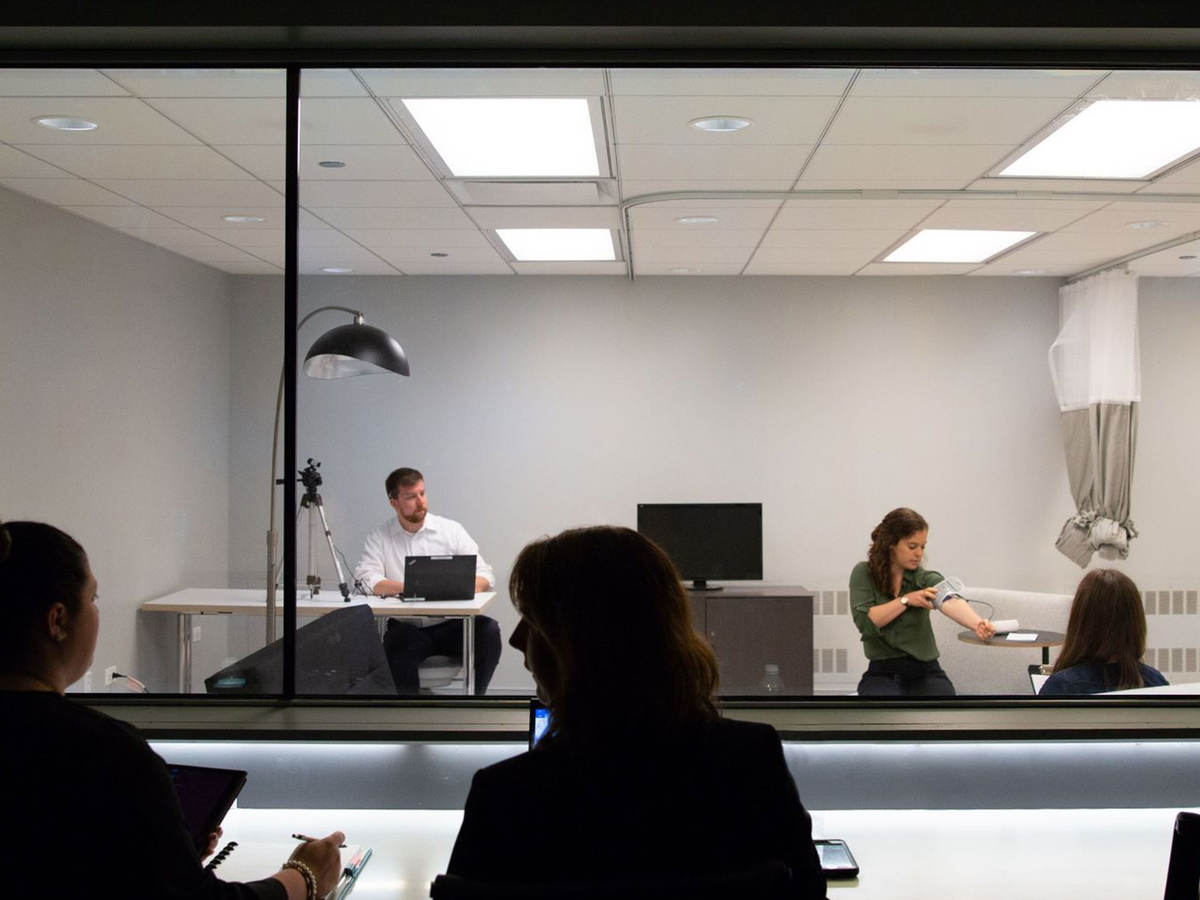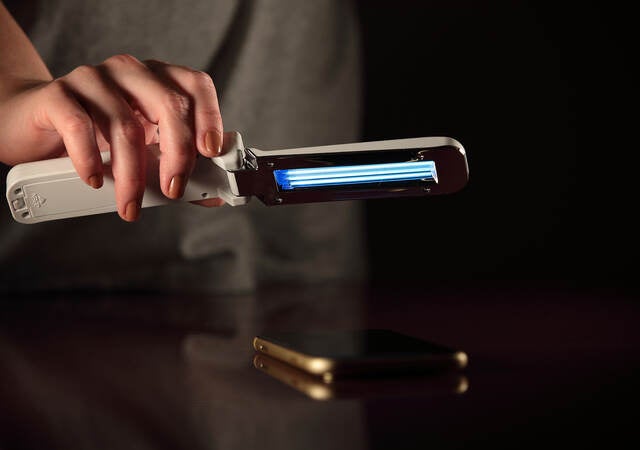March 25, 2020
In the second blog post in our series on human factors engineering and the European Medical Devices Regulation (MDR), we will discuss intended purpose: how to use usability engineering methods to scope the intended use early in development and in turn design for this intent.
(Part One of our series covered medical device definitions and usability engineering requirements under the European MDR.)
The MDR specifies that a medical device “shall meet the general safety and performance requirements set out in Annex I which apply to it, taking in to account its intended purpose” (Chapter II, Article 5, Section 2).
Intended purpose is defined as:
“[the] Use for which a device is intended according to the data supplied by the manufacturer on the label, in the instructions for use or in promotional or sales materials or statements and as specified by the manufacturer in the clinical evaluation”
- Chapter I, Article 2, Section 12
The implication is that a manufacturer will be required to define the intended use, users, environment(s), and any contraindicated use. Together, this is considered the use specification. The use specification, previously referred to as the application specification in IEC 62366:2007, is a document that provides a “summary of the important characteristics related to the context of use of the medical device” (IEC 62366-1:2015). The materials that define the intended purpose as per the MDR (labelling and accompanying documentation) might not be designed until near the end of development, but the device’s intended use must be understood early in development for manufacturers to understand how users will interact with the device, the risk of harm that might arise from use-related issues, and the proper mitigations necessary to reduce this risk.
Specify intended use, users, and use environment(s)
IEC 62366-1:2015 specifies that the usability engineering process “begins by identifying the most important characteristics related to use,” as identified in the use specification. It should be utilized to guide development, ensuring that the device’s intended purpose is understood and accounted for properly during design. The use specification defines the device’s medical indication (intended use), intended user profile (intended users), use environments, patient population (including contraindications), and operating principles.
- Device’s intended use: In simple terms, the intended use is the medical indication of the product, process, or service. Defining the intended use is one of the first steps in the product development lifecycle and serves as an input to not only the use-related risk process but also the overall risk management process. The intended use serves as an input for identifying use-related hazards and hazardous situations in risk management.
- Device’s intended users: Users are defined in IEC 62366-1:2015 as a “person interacting with (i.e. operating or handling) the medical device.” The device may have multiple user groups, which are defined by the difference in user characteristics. Age, responsibilities, education, and medical condition are some user characteristics that manufacturers should consider. However, any characteristic that is prevalent in a particular subset of users that might impact their interaction with the device should contribute to the user profile. Usability engineering focuses on the interaction between users and the user interface. Therefore, it is essential to understand who the various users of the device are to ensure an effective design.
- Device’s intended use environment(s): Manufacturers will also need to specify the environments in which the device will be used as characteristics of these environments can impact the users’ interactions with the device and consequentially, how a task is performed. Understanding the use environment provides necessary context when determining the device’s use-related risk profile and impacts device design. Typical use environments include hospitals and patient homes. Factors include, but are not limited to:
- Sterile vs non-sterile environment
- Lighting conditions, as these could affect the users’ ability to see particular information such as warnings, instructions or results (on displays)
- Background noises, as these could affect the users’ ability to detect audio signals such as alarms
- Other equipment in the environment such as cell phones, that send signals which might affect the device’s functionality
- Patient population and contraindicated use: Understanding the patient population early in development can benefit risk management efforts because it provides an additional level of context when documenting foreseeable use-related hazards and hazardous situations. Although the usability engineering scope focuses on intended use and users, knowledge of contraindications can also contribute to identifying and mitigating use-related risk. One example is with over-the-counter (OTC) products and whether patients must decide whether a product is or is not intended for them (i.e., contraindications). This might require the need to perform a “self-selection study” whereby participants use device labelling to make the determination. In such a study, you might choose to include patients as participants for whom the device would be contraindicated to determine if such a population opts to not use the device.
- Operating principles: During the early stages of development, there might not be a thorough understanding of the steps required to use the device. However, it is expected that there will at least be a superficial understanding of the high-level tasks expected when interacting with the device. Such tasks might include turning a device on before use, removing a cap, checking the medication, or pressing needle cover against skin. This context is important to enable manufacturers to “design for the intended purpose.”
Design for intended purpose
The MDR outlines that “[medical devices] shall be designed and manufactured in such a way that, during normal conditions of use, they are suitable for their intended purpose” (Annex I, Chapter I, Paragraph 1). Defining the use specification is the first step manufacturers must perform to verify that their device is suitable for the intended purpose(s).
Another key document used during the usability engineering process is the user interface specification (IEC 62366-1:2015 - formerly known as usability specification per IEC 62366:2007), which is understood to be documentation defining the user interface requirements related to usability. The use specification can provide guidance when determining what are the requirements. For example, if it is defined in the use specification that users will have reduced manual dexterity, the user interface specification would outline that the grip force must meet recognised acceptable grip forces for such individuals. AAMI HE:75 provides guidance on design criteria that manufacturers can leverage throughout creation of the user interface specification.
The process of establishing a user interface specification calls for strong collaboration across divisions, with various disciplines (e.g., engineering, human factors, design) contributing early in development. This helps to demonstrate that the design meets the intended purpose of the device whilst simultaneously managing use-related risk. Authoring the user interface specification might be led by the (manufacturer’s) Human Factors (HF) champion, or it may be a joint effort across the cross-functional team.
In summary, manufacturers will be required to specify the intended purpose of their medical devices to show compliance to the MDR. Application of the usability engineering process will enable manufacturers to better understand and account for the device’s intended purpose throughout development. Documenting the elements associated with the intended purpose and considering them during development will ultimately lead to devices that are truly designed for the intended users.
Although the use specification and user interface specification are initiated at the beginning of product development, they are living documents for many device manufacturers. The use specification evolves over time as manufacturers learn more about the device through usability engineering activities such as known problems analysis and usability evaluations. The user interface specification changes as user interface designs evolve to better mitigate use-related risk. Not only are these activities necessary to satisfy the MDR, but doing so also will contribute towards safer healthcare.
Natalie Shortt and Divya Maxwell are Senior Human Factors Specialists at Emergo by UL’s Human Factors Research & Design unit.
Related human factors engineering and MDR information from Emergo by UL:
- HFE user research for medical devices and IVDs
- Medical device usability training and consulting
- EU MDR compliance preparation and resource center
- Webinar: Europe’s MDR and human factors
Request more information from our specialist
Thanks for your interest in our products and services. Let's collect some information so we can connect you with the right person.






